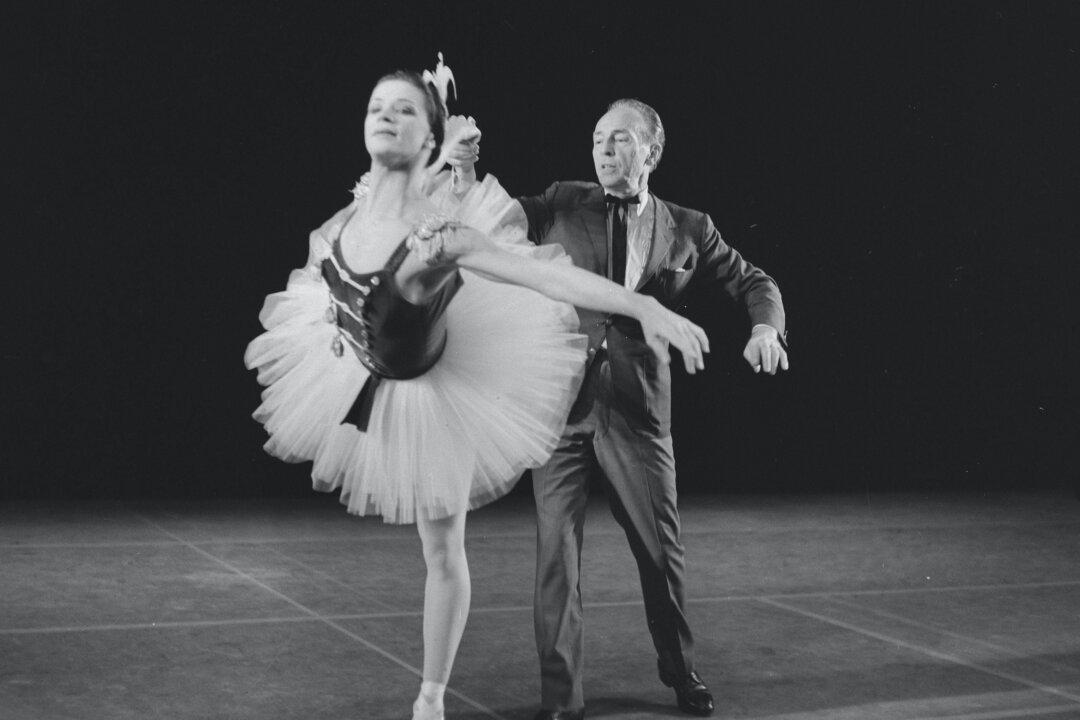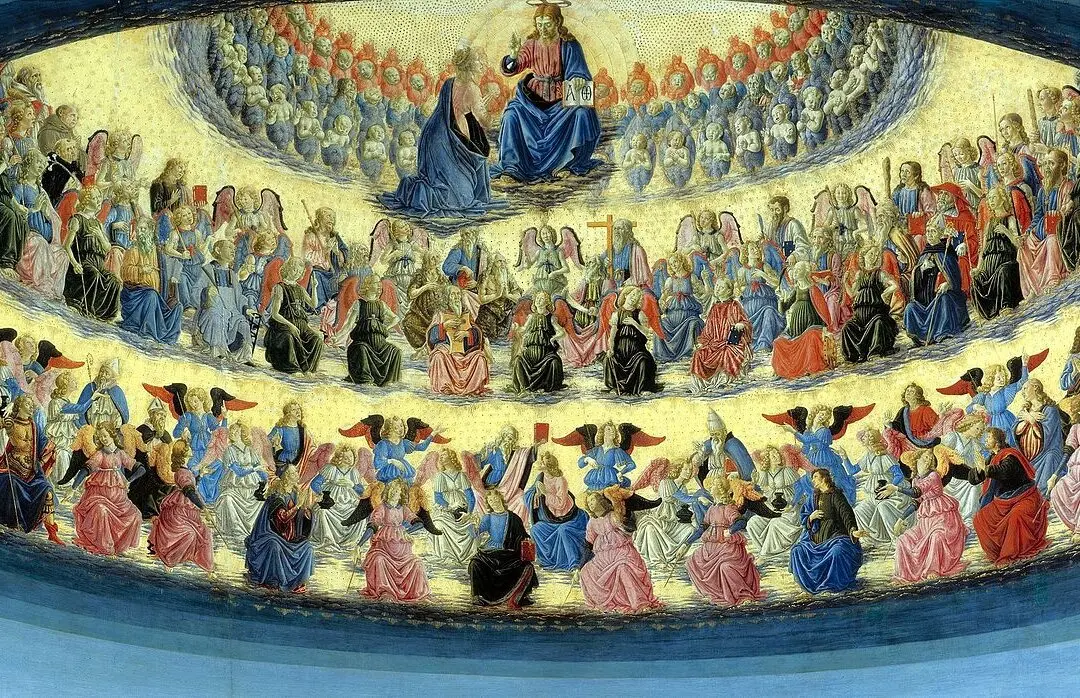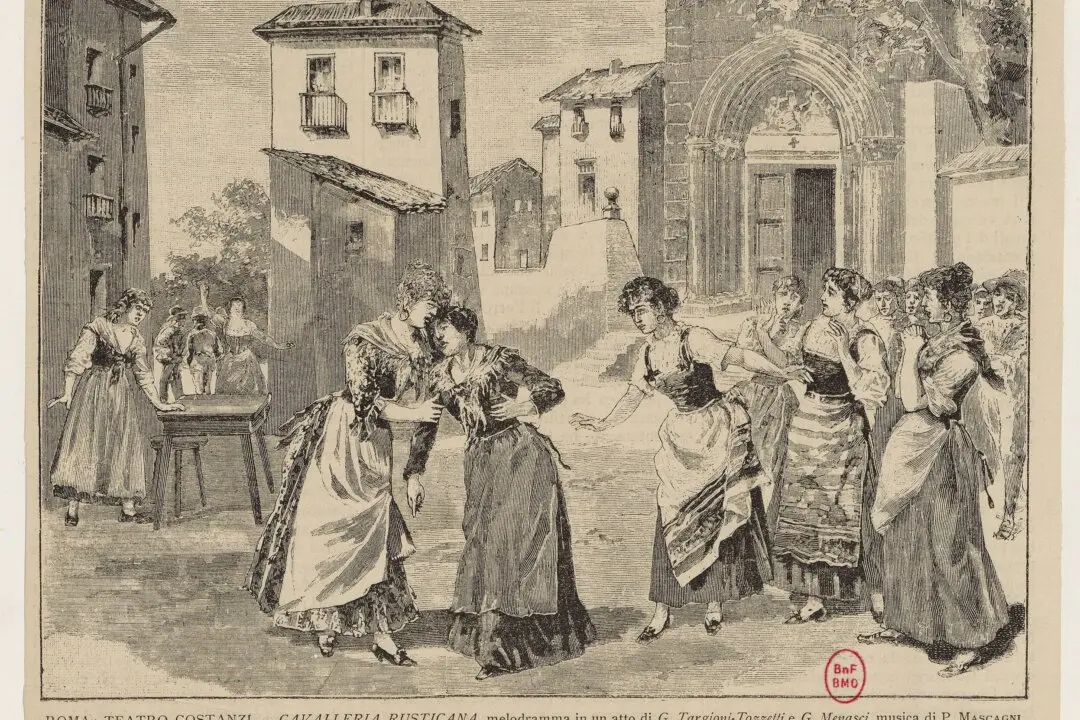“Nutcracker,” that ubiquitous Christmastide ballet even now readying to launch its annual conquest of American ballet audiences, was originally a magnificent Russian flop. It became an American—and global—success because of one man: George Balanchine.
Balanchine (1904–83) was a Georgian born in St. Petersburg, Russia. He escaped his native land after the Bolshevik revolution and became the most important American choreographer—some would say the most important choreographer, period—of the 20th century. He did so by exercising a Chestertonian paradox: Balanchine saved traditional ballet by changing it.






